Samurai Warriors 5 is not my first rodeo. I have a storied past with the Dynasty and Samurai Warriors series. I have platinumed more than one, and played the series regularly since DW2 21 years ago. I’ve put many hundreds of hours of my one short life into this franchise. This won’t be the type of review written by someone who’s never played the series, or disparages it from a great height. The Warriors series often gets a bad rap, accused of barely changing the formula, and selling the same game to clueless fans over and over. Hey, it works for COD and Halo, why not? The flipside, as a fan, is that these games are fun. Mindless fun sometimes, sure, and not generally that taxing, but fun nonetheless. Why change a tried and tested formula?
If you fancy getting up to speed with the historical context of the period, watch Netflix’s series Age of Samurai: Battle for Japan, a fantastic documentary series on the military might, machinations and movements of the samurai clans and featuring all the same characters as Koei Tecmo’s series. I thoroughly recommend it. I’m coming at this review from a veteran perspective. If you are brand new to the series, this may not be the review for you. If you have tried lots of them, sunk hundreds of hours in, and want to know the details behind where this one differs and maybe a little historical context thrown into the mix, maybe stick around. I’m going to assume a pretty good familiarity with the series from here on.
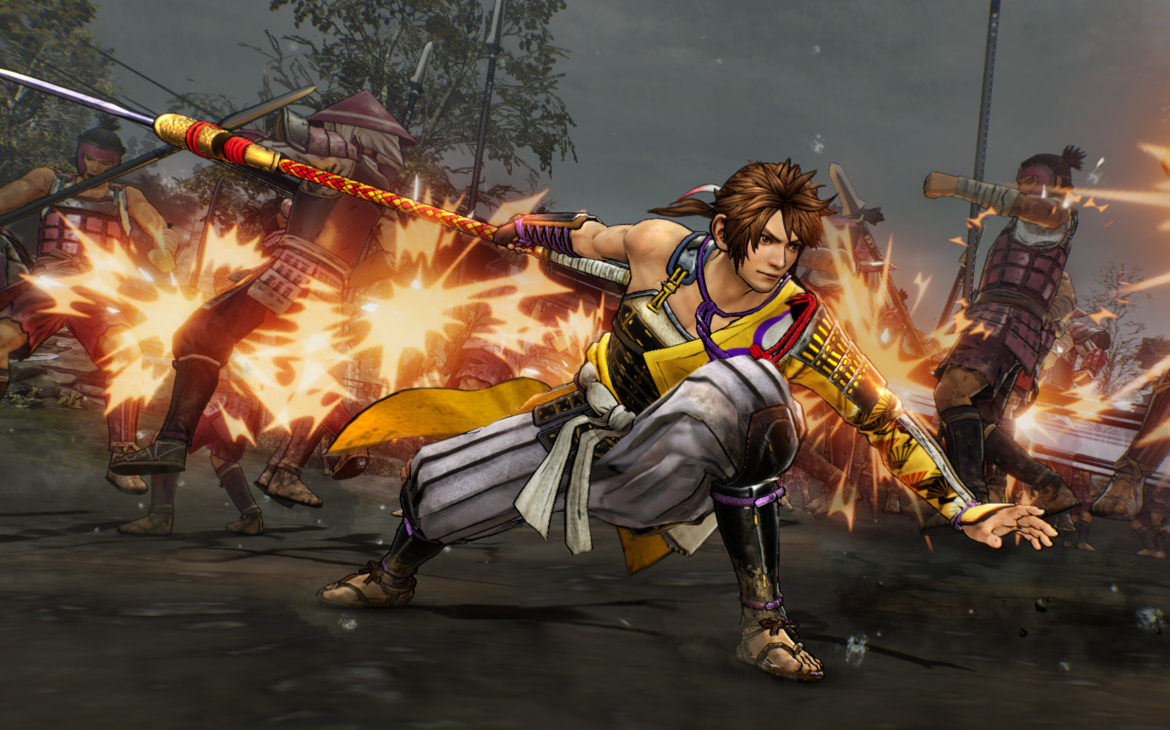
So the story has always been one of Samurai Warriors greatest strengths. It’s an over-the-top, flamboyant, and totally anime take on a bloody, violent and pivotal time period in the history of Japan. The Sengoku period is one of war and strife, warlord Daimyo vying for power, ostensibly to unify all of Japan. Forced peace through bloody war and subjugation. The characters, Nobunaga Oda, Hanzo Hattori, Masamune Date, Mitsuhide Akechi, these men were real historical figures, who fought battle after battle and forged across the country in a bid to come out in control of Japan.
Samurai Warriors 5 is both surprisingly historically accurate, and dramatically not so. The people that you fight as, the battles you participate in, often the macro ebb and flow of those battles, objectives and retreats, these things are ‘mostly’ the way they happened, and close to the accepted timeline. Where we veer away from accuracy with a screeching right-hand turn into ridiculous is the gamification, combat and anime parts. No Hideyoshi didn’t really galivant around like a monkey, no Ieyasu Tokugawa did not carry a cannon into battle, and no, none of them could swipe their swords and knock down thirty men with every stroke.
Samurai Warriors 5 has a Musou mode (story mode) like usual and a Citadel Mode, where you fight randomised battles with randomised objectives and enemies. Other entries in both the Samurai and Dynasty series’ have either set up everyone as equal and let you make your way through their individual stories, or fixated on a particular handsome and honorable warrior, such as series poster boy Yukimura Sanada, and strapped the entire experience to their back. In 5 Yukimura is nowhere to be seen, and instead everything starts, somewhat accurately, with Nobunaga Oda and his sudden rise to power in Mino through tactical skill and surprise.
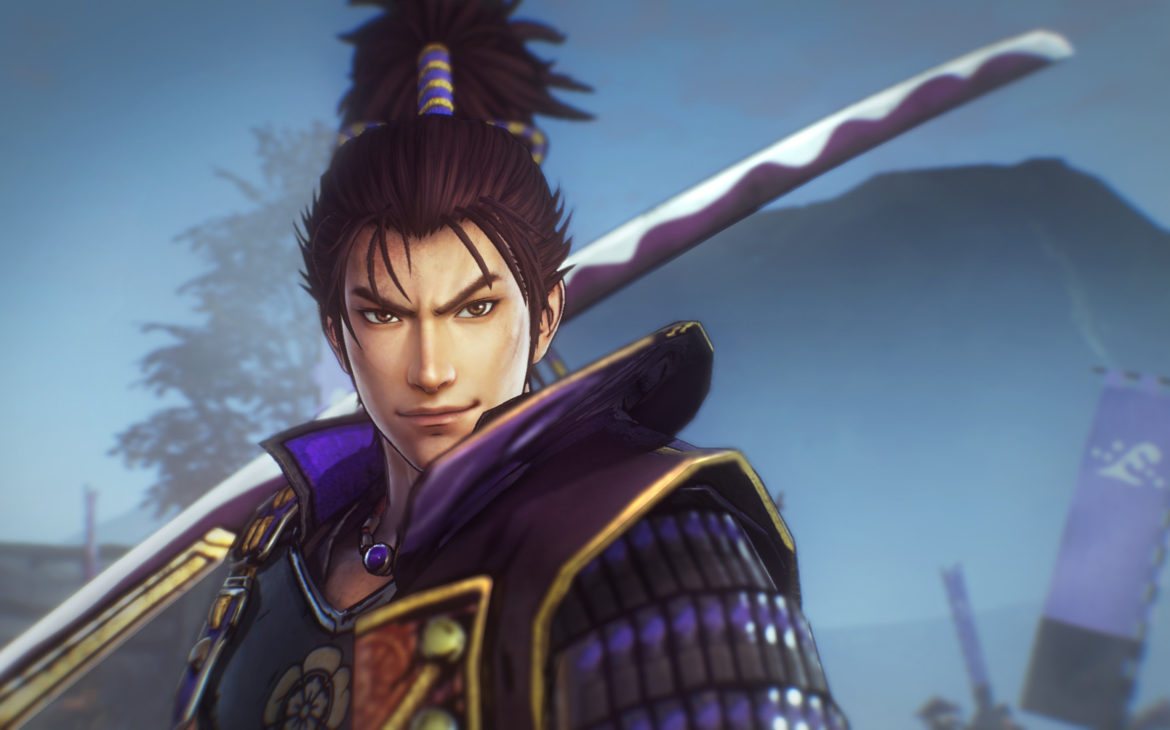
Samurai Warriors 5 completely repurposes, recasts and redirects Nobunaga. For most iterations he’s been an almost caricatured vampire lord level villain, his despotic rise the villainous counterpoint for Hideyoshi and Yukimura and such to fight against. In 5 though Nobunaga is portrayed as a likeable protagonist albeit brash and ambitious. He’s not cruel, even going out of his way to save a baby at one point. It’s an about turn for the series, flipping the somewhat unlikeable character and making him the centre of the story. It makes historical sense to start everything with Nobunaga. His choice to defy lords and clans, and strike out to make a name for himself is cited as the beginning of the Warring clans period that continues until the Tokugawa Shogunate actually achieved long term peace.
Once you reach the third chapter of Nobunaga’s story, you can also experience the whole of Musou mode from Mitsuhide Akechi’s perspective. Mitsuhide begins as Nobunaga’s enemy, a clever and capable opponent in his first battles, then joins him for a prolonged period, before (spoiler alert) becoming his enemy again, betraying him in spectacular fashion at Honnoji, and historically at least, ending Nobunaga’s run to unify Japan. These two men are popular cultural icons in Japan, far beyond the Samurai Warriors series. Personally I didn’t feel Mitsuhide’s side of the story as I had Nobunaga’s, and felt, somewhat disingenuously maybe, that this whole second perspective was an excuse to double the length of Musou mode, and reuse almost every map from the opposite perspective.
Mitsuhide hasn’t had the type of radical redesign that Nobunaga has, but Nobunaga isn’t the only one. While previous games changed up costumes, movesets and weapons, 5 goes a step further. This time a lot of the established looks of the characters have been thrown out, replaced with younger, more youthful and anime handsome designs. Gone are most of the older actors in this play, all those that were obese, and many portrayed as villains. The starkest possibly, is Ieyasu Tokugawa, the one who ultimately comes out of all this in control; a fat waddling character for most of the series, perhaps mirroring where he eventually ends up (as a pampered Shogun), in 5 he’s a young man, unsure of himself and his role in all that’s to come.
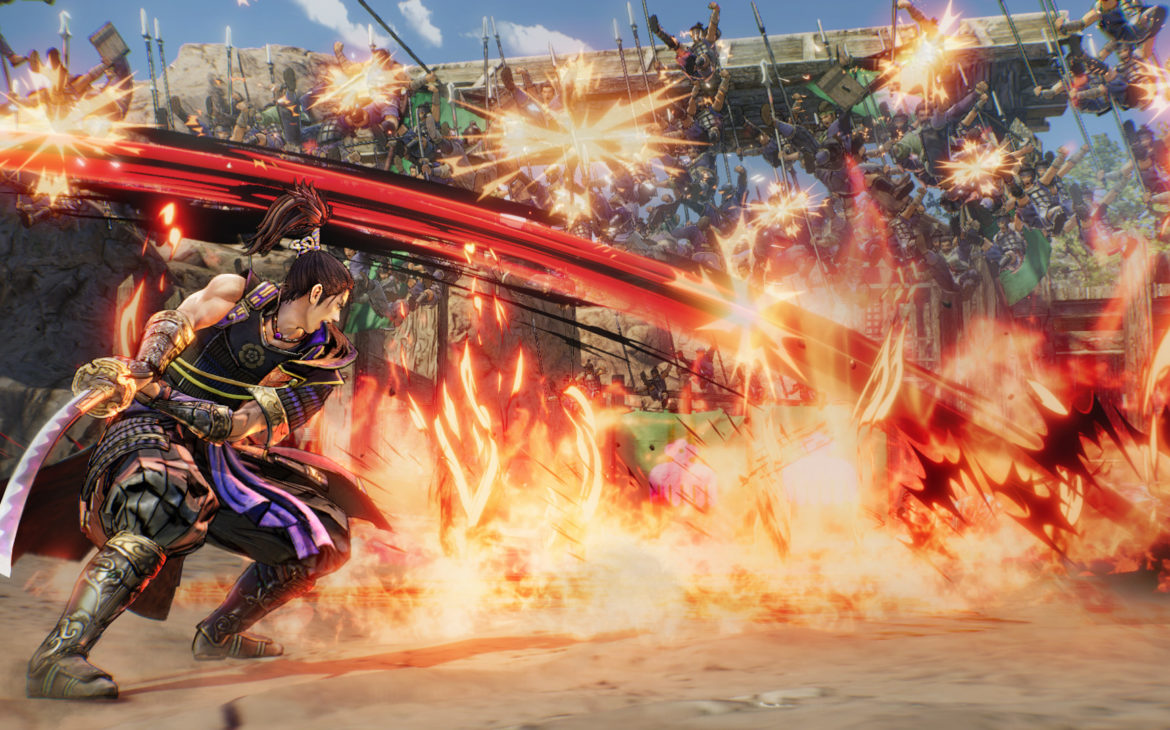
The Musou mode takes you through many important (and many far less so) battles, trying to create a deliberate narrative out of something very chaotic. It’s no worse or better really than any previous entry in this respect. You play as Nobunaga for the most part, but completing certain objectives will open secondary paths of battles and chapters from other perspectives, and earn you those characters to play as. Then you do the whole thing again as Mitsuhide.
It’s full of high melodrama and a lot of military movements, but for the most part you can turn your mind off and just fight. Most of the minute-to-minute interactions are relatively pointless, barely advancing the plot, and often just one character declaring they doubted another, or that they will follow them forever. It’s all very melodramatic. There’s also no English dub (has there ever been?) and it’s hard to read everything in the heat of battle. Just focus on the objectives.
Overall it’s a backdrop of some of the greatest Samurai action of all time, but generally my opinion is that Koei Tecmo’s cutscenes and storytelling are melodramatic and overwrought at best, ridiculous and unnecessary at worst. These games could be so much better if handled in a different way. Refocussing the narrative does give this entry a bit of freshness. But, as any player of Warriors games will tell you, while the story will eventually wash over you, but it’s the combat that makes an addict.
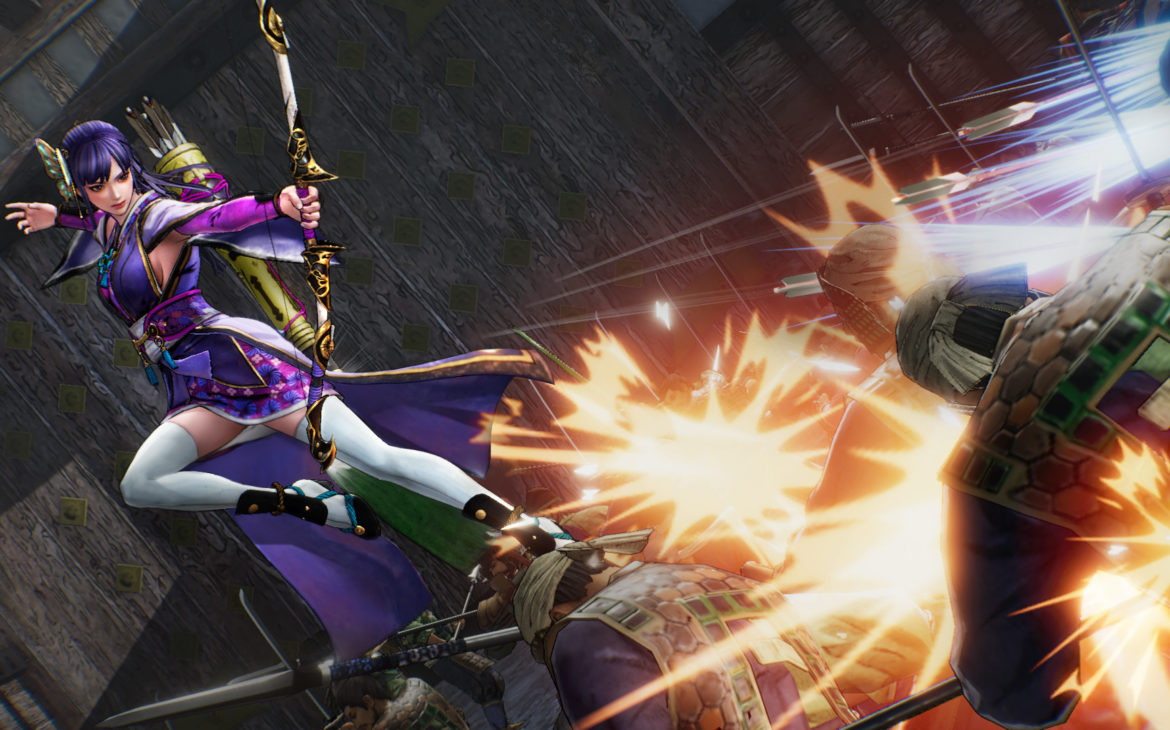
So largely, combat in Samurai Warriors 5 remains the same as previous incarnations of the mainline series. You play as one of 39 possible characters, most with their own signature weapons and specials (though there are a few clones), and you literally tear up the battlefield as a one-man (or woman) army of destruction. Throwing 50 or more people around in a tornado of slashes is very commonplace in this game. You know the basic formula; you have normal attacks and strong rushing attacks that can be chained together; you have a health bar and Musou gauge, which when full allows you to pull off a huge powerful Musou skill, which can clear whole areas.
For this latest version there are Ultimate skills, which are a series of moves you can earn as you level up, equipping up to four of them to the face buttons plus a shoulder button hold. These are like short sharp Musou moves, and have a small recharge time to them. Very useful when you come up against enemies who actually can fight back, such as the other named officers.
Some enemies in SW5 have blue shining shields or blue-tipped spears, and these cannot be overwhelmed by your normal attacks – they instantly deflect them, bringing your momentum to a clanging halt. Instead they need to be hit by Ultimate attacks, or by something even harder, like a Musou.
Far from blade fodder, the enemy officer is the meat of the combat. These enemies can deflect and interrupt your attacks, hit you back hard, and crank up for a huge AOE style hit, that if you are in the way of, is unblockable. You can interrupt these before they happen with the aforementioned Ultimates or Musou. You also have a block command on the left shoulder. This will block enemy hits to a certain extent but isn’t that reliable. You can time the block into a parry if you’re careful and throw off the officer’s timing, allowing you to start on your own onslaught.
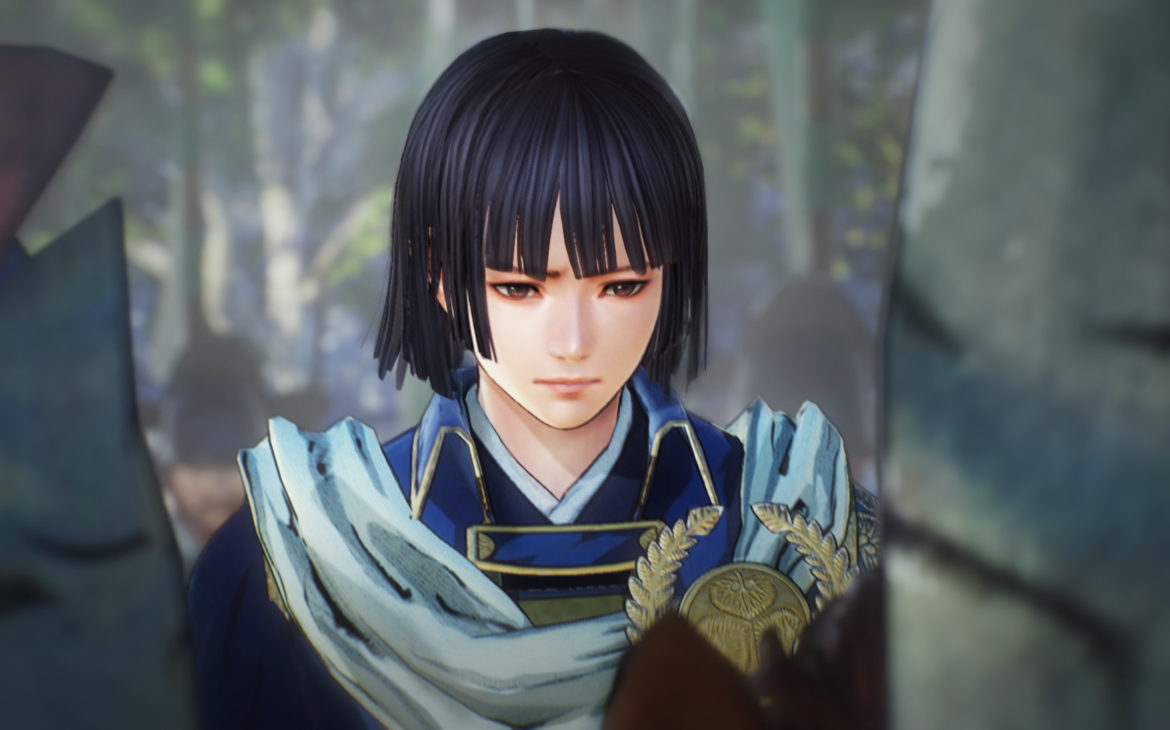
Disparagers wrongfully call Samurai Warriors a button-masher, or button bashing game. Sure, the average enemy cannot do much to stop you, and should you wish you could use just one move. But with the deflection commands, AOE attacks, much larger health bars and stronger hits, the officers prove this a fallacy (no one got past Lu Bu button-bashing). You will not be able to button bash past them, they will require some thought and some degree of skill with enemy juggling, or higher levels. The best of them, of course, are the others in the 39 strong roster of playable characters.
Apart from it being largely the same as always, combat is a lot of fun, and easy to play. It’s especially fun in co-op mode, so if you have another gamer in your house, try and get some battles on together. Some objectives really do send you to opposite sides of the map, and that’s easier with two. One gripe that stays with the series and is possibly worse rather than better here is the camera. While its fine most of the time, when you abruptly change direction or get in a corner of an indoor battlefield it will go berserk, often leaving you completely unable to work out where you are. I often had to stop moving, and manually bring the camera back to somewhere useful, while getting attacked.
Beyond Musou Mode there is Citadel mode. Musou is where you see story, and earn characters. Citadel is where you can farm exp, items, materials and weapons, which all goes towards making your roster of characters stronger. Randomised battles with randomised enemies and officers mean that even the same mission is not the same twice. You can take on most of these battles with two characters at once, which builds the relationship meter between the two of them. Thankfully this is much simpler than it has been in some previous games. You will only really need to do a handful of battles with each duo to earn their unique friendship cutscene. That said, these cutscenes really don’t add much, and the whole operation is an exercise is adding more stuff to earn.
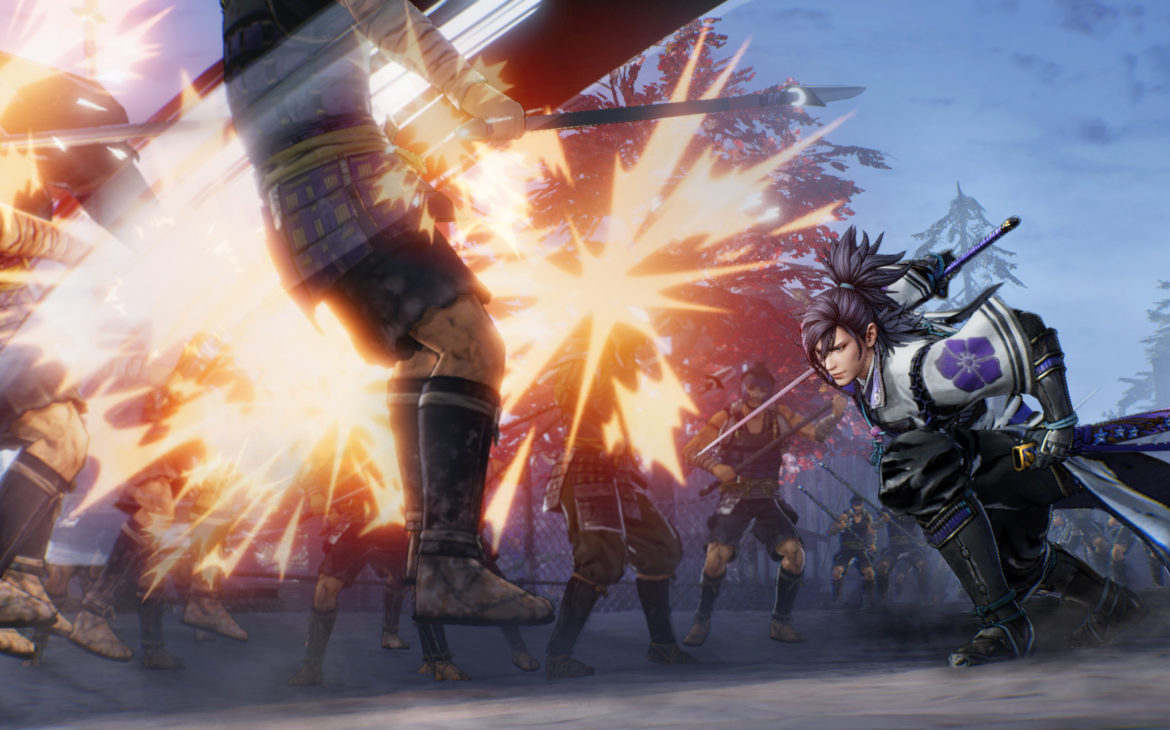
Citadel mode ditches items like heals and instead gives you yet another new move – summoning your own troops to aid in battle. These can be used almost like a tag-on move as the moment they are summoned they will thrust forward knocking enemies down, but will also leave soldiers on the field to help you fight. When you earn ninja and warrior monks to aid you in battle it can be a lot of fun.
In both modes you’ll have your own My Castle to manage, upgrade and use to upgrade characters. This is really just a menu of exp and weapon management screens, and is nothing like the sort of owned bases seen in some recent titles. Across the dojo, blacksmith and stables, you can assign the EXP, stock EXP and Weapon mastery that you earned while playing, effectively so you can level up characters you don’t actually enjoy playing as.
One thing I’m almost surprised by is that along with the elaborate rebranding that’s happened in the story areas, why the same is not seen in the combat and gameplay. Both are pared down, like the story, but not really new in any tangible way. It’s both strange and somewhat comforting to see that SW5 hasn’t become more of a melee looter game in this new installment. You could see a simple redesign dropping the amount of armour and weapons you might see in The Division or Destiny, covered in rarity labels, and really modernising the series, probably in a bad way. Kudos maybe to Koei Tecmo for sticking to their swords.
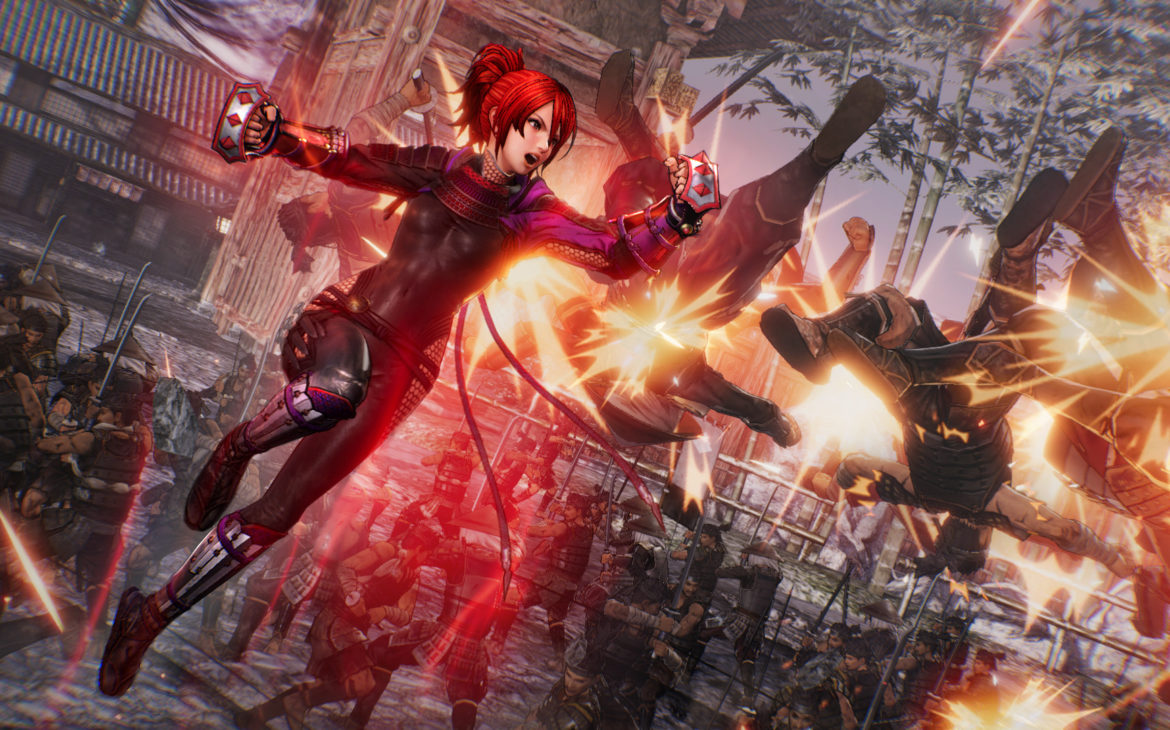
There’s also a lot of older stuff missing in this more focussed Samurai Warriors story. By focussing so heavily on a younger headstrong Nobunaga, this installment does away with covering other areas of Japan, more widespread clans, and later years in the Sengoku period entirely.
A large number of series favourites are missing, most notably Yukimura Sanada, who has graced the cover art for 17 years, the huge tank Keiji Maeda, Masamune Date with the one eye, Mitsunari Ishida, ninja Kotaro Fuma, the legendary Musashi Miyamoto and female favourite Ginchiyo Tachibana. If you are looking at that list and thinking I don’t know any of those names, you’ll be fine here. But if you are a series veteran, that list probably has a number of favourites in. SW5 is an earlier story, most of these weren’t born, or they just don’t feature in Nobunaga’s story.
Of course there are also new characters, such as the ninja Mitsuki, as far as I can see based on no historical figure at all; or Yasuke the legendary black Samurai.
Graphically SW5 has had a facelift. Character models and moves have a cel-shaded art-style, clearly trying to emulate a Japanese wood block print style. It works in some respects, but not always. I find this style takes away from the reality of the historical aspects, and makes it seem more cartoonish, but this lines up with the anime nature of hurling thousands of soldiers around. The animations in game are great as always, but the cutscene animation is stilted and wooden. Every actor gives a hammed-up performance, and even the subtitled dialogue is over the top. The Warriors games always seem a generation behind in terms of graphics and presentation, so temper your expectations. Music is less obvious in this iteration than previous. Gone is the ubiquitous metal guitar soundtrack, and in its place one just as energetic, but made up of more traditional instruments and percussion.
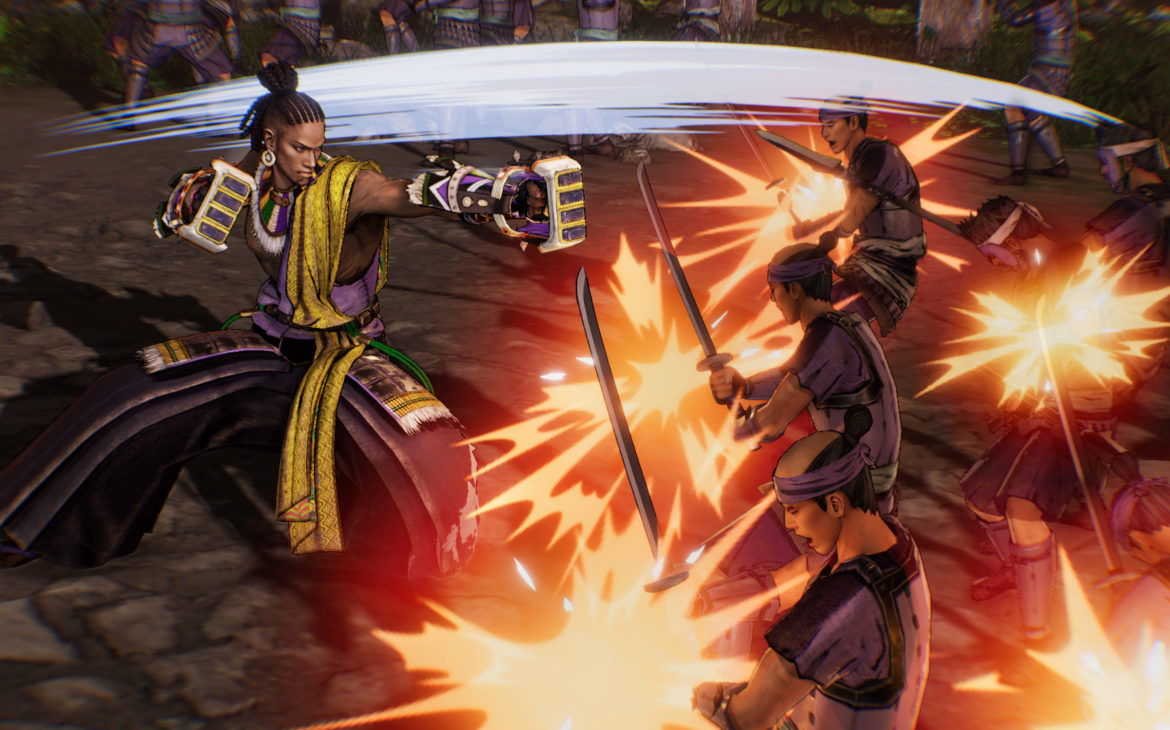
While Samurai Warriors 5 is once again, not really a revelation in any objective way, the formula has experienced one hell of an upheaval in this installment. Recasting and redesigning a huge cast of very well-established characters took some balls, and I’m glad of it. Completely ditching half your cast took even more. I never liked Nobunaga, Hideyoshi, or Ieyasu in previous games, even though these were the three most interesting of the historical figures, but with 5 they are compelling characters you can root for. Nobunaga is no longer a binary villain, but dare I say a more nuanced lead. Yeah, Samurai Warriors doesn’t really do nuance, but this story is focussed on him, does away with series lead Yukimura Sanada completely, and barely goes into the later periods of the Sengoku era at all. This is an origin story for Nobunaga, pitched around he and Mitsuhide’s famed rivalry and betrayal.
Combat is largely the same, and could have really done with the same level of about-face redesign. Perhaps more Souls-like movements such as rolls, and tangible working blocks and parries. Perhaps a little less of the thirty-body juggling and more interesting combat mechanics next time.
For that matter next time, do away with the flamboyant melodrama completely. Recast these characters as historically accurate, grizzled warriors, and tell the real story. Because no matter how over the top you make it, the real samurai are always more interesting.
Despite this reinvention, Samurai Warriors 5 is no better or worse than previous installments. New things were tried, although maybe not boldly or completely enough to be noticeable outside of a veteran player. But fundamentally the gameplay, tone, melodrama and that distinct Warriors flavour are all exactly the same as they’ve always been. That doesn’t make a game worse than its predecessor, but it does kind of make it the same.
Samurai Warriors 5 is a fresh reinvention for a series that was beginning to feel familiar. A story focussed on Nobunaga’s early years takes the bold choice of ditching many series mainstays. However, the combat and overall presentation haven’t received the same level of new blood and remain as over the top and ridiculous as ever. If you’re a fan, SW5 is as fun as it’s ever been.

Samurai Warriors 5 is available now on Xbox One (review platform), Xbox Series S/X, PlayStation 4, PlayStation 5, Nintendo Switch, and PC via Steam.
Developer: Koei Tecmo, Omega Force
Publisher: Koei Tecmo
Disclaimer: In order to complete this review, we were provided with a promotional copy of the game. For our full review policy, please go here.
If you enjoyed this article or any more of our content, please consider our Patreon.
Make sure to follow Finger Guns on our social channels –Twitter, Facebook, Twitch, Spotify or Apple Podcasts – to keep up to date on our news, reviews and features.

COMMENTS
“No english dub (has there ever been?)”.
I’m guessing you never played the original PS2 and 360 titles in English dub then or just forgot about them lol.
The biggest problem on SW 5 is the roster, no, i’m not talking like adding post-honnoji character like mitsunari or yukimura. They could add someone like Sakai Tadatsugu, Tokugawa veteran general and one of 4 great general along side Tadakatsu, Naomasa, and Yasumasa. He could act as mentor figure for young Tadakatsu and Ieyasu, adding other Oda general like Niwa Nagahide or Sakuma Nobumori can enrich the story even more since it’s centralized on Oda’s rise to power. Adding Hachisuka Koroku as Hideyoshi actual first right-hand man also an option, he’s the leader of vagabond and ronin that historically work for Hideyoshi, making a stronger root for the monkey.